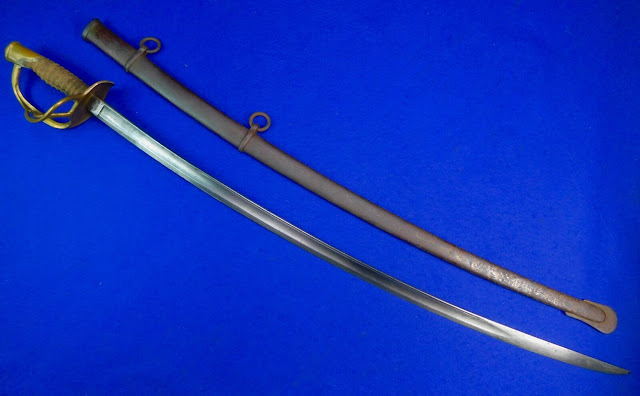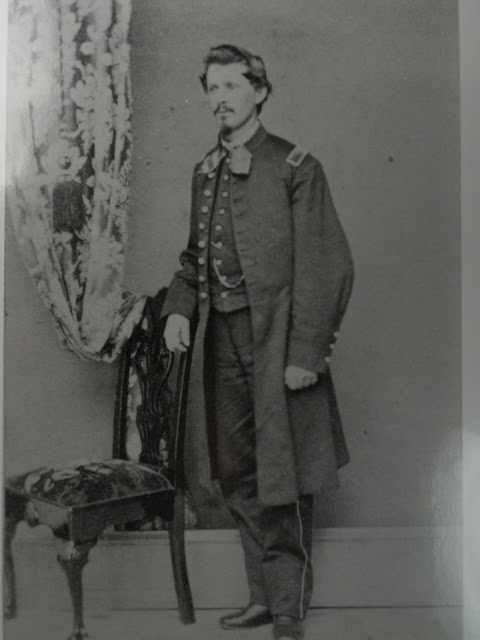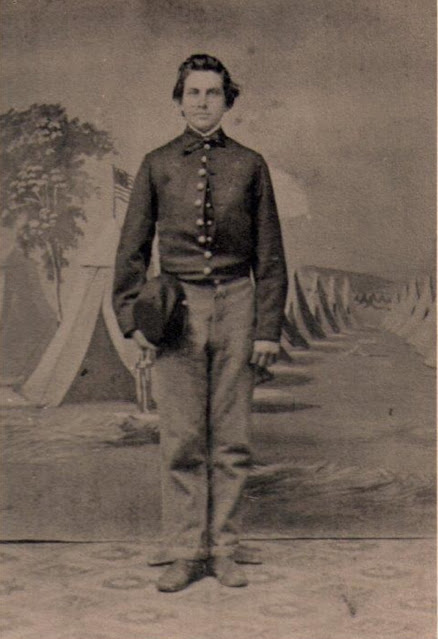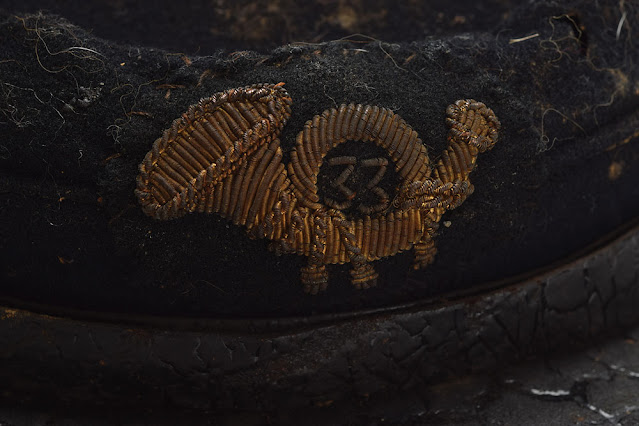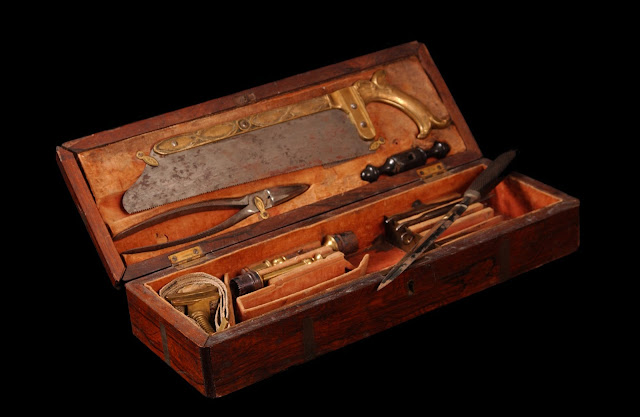The Horrors of War on All Hands: The “Fighting Parson” of the 79th Illinois Recalls Franklin

C olonel Allen Buckner of Illinois was accorded the nickname of “The Fighting Parson” for his key role in driving home the successful attack of the Union army at Missionary Ridge. A former Methodist minister in Illinois, he led his 79 th Illinois into action at Franklin a battle-scarred veteran. Buckner had fought at Pea Ridge with the 25 th Illinois, and led the 79 th Illinois through Stones River, Chickamauga, and Missionary Ridge. He had just returned to the regiment having been severely wounded months before at the Battle of Rocky Face Ridge at the outset of the Atlanta campaign. But Franklin proved “the most terrific battle I ever saw,” Colonel Buckner later wrote. His regiment, assigned to Colonel Joseph Conrad’s brigade of General George Wagner’s Second Division of the 4 th Army Corps, was in the outer line of Union works on the afternoon of November 30, 1864, a position Buckner stated that his regiment should never have been placed. “We had hard fighting before, but now t...


